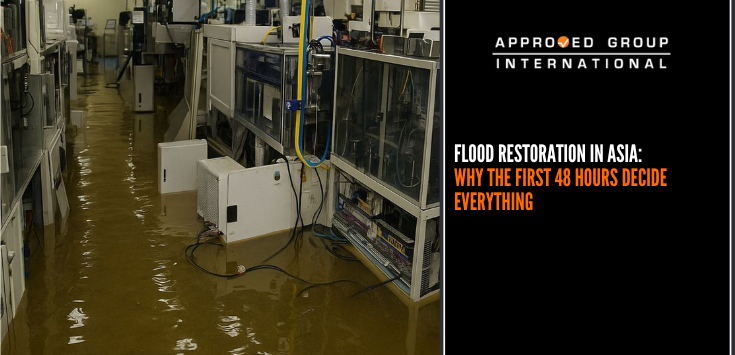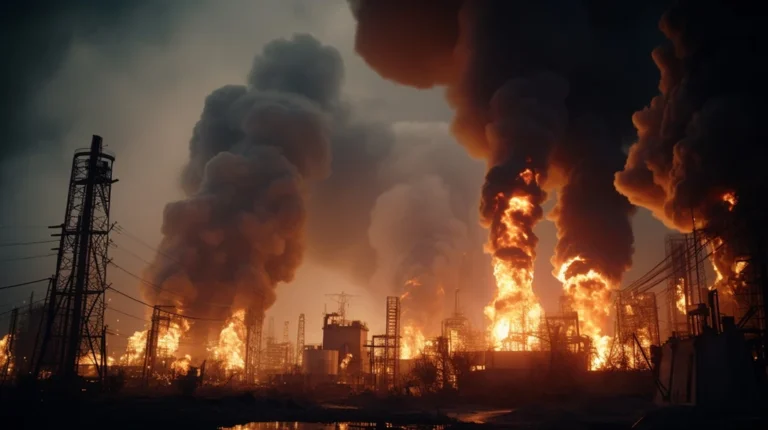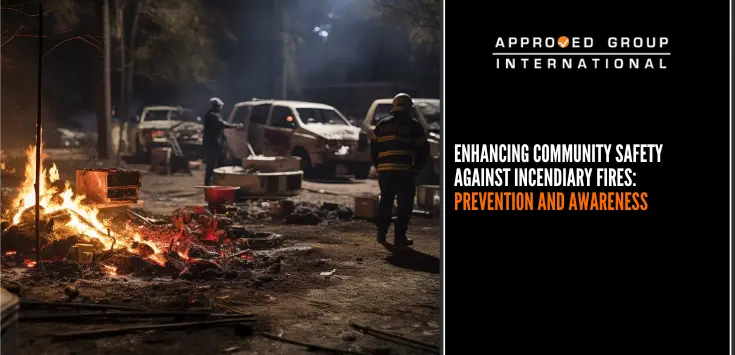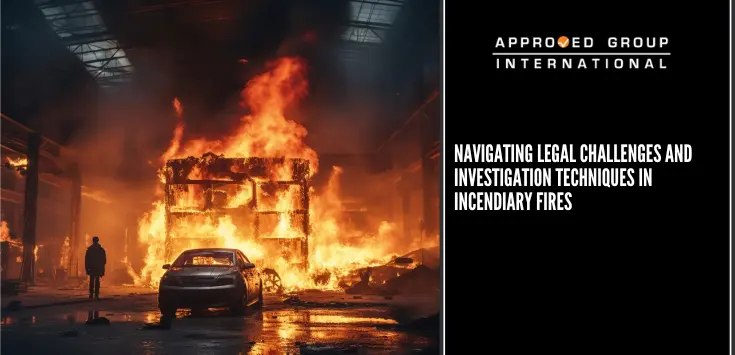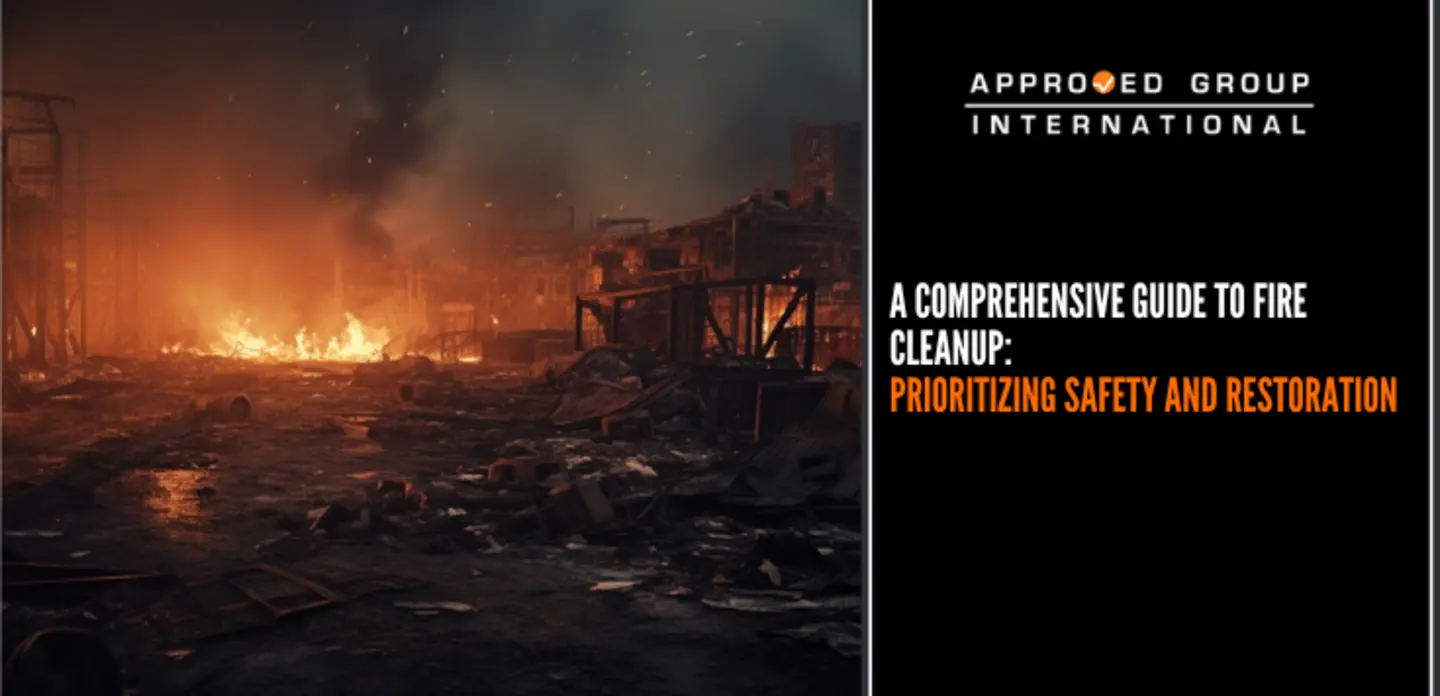Elevators have become a very important transportation in our daily lives. As we make way for more high-rise buildings and facilities, elevators are the natural choice to provide the convenience of travelling up and down these structures. However, they are complex machinery and constantly need regular maintenance to ensure they function well. Do you know what are some of the lift components that may cause a breakdown if not routinely serviced? Read on to find out more!
On 26 February 2020, the AGI team was contacted to conduct a damage assessment to allegedly damaged lift at a township in the Klang Valley. The damage was reportedly caused by a water ingress incident which occurred due to a heavy downpour causing the rain water to flow into the building. The water then flowed into the lift shaft and allegedly affected the lift components located within the lift shaft, car top, lift pit and within the lift car. This incident affected 13 lifts within the premises.
Four site examination were made over six months to conduct thorough inspection of all the affected lifts to identify signs of physical damage caused by the water ingress incident. Photos of the site was taken for documentation purposes. The findings of the inspection are as follows.
Of the 15 lifts installed in the Blocks A and B of the premises, 13 were affected by the water ingress incident. The components displaying signs of water damage such as oxidation/corrosion were recommended for replacement whereas those without any such signs were earmarked for further testing.
Among the components that were exhibiting signs of damage were some of the lifts’ door locking contact, the safety switch with bridge, lift shaft equipment, electronic circuit board, door drive controller, main ropes, AVR power supply board, LED lights, car’s top fans and pit inspection boxes.






Based on the site inspection, the team concluded that most of the lift components were affected by the water ingress incident. Due to the water contact, the components were corroded. Components that did not show similar signs or corrosion were recommended to be ‘swap’ tested and if found faulty, would be advised to be replaced.
As Malaysia experiences high levels of rain and humidity, it is not uncommon for water ingress to happen. However, in the event that they do, the affected elevators must be thoroughly inspected from top to bottom to ensure that its safety is not compromised. Merely running a visual check is not enough. The right team of lift experts must be engaged to conduct a thorough inspection of each and every component of the elevator.
Even if the smallest component is affected, it may jeopardize the usability of the elevator and put lives at unnecessary risk. Need professional assistance to inspect or audit your lifts or escalators? There is no one better for the task than our team of lift experts at AGI International so get in touch with us at admin@agi.my today!


